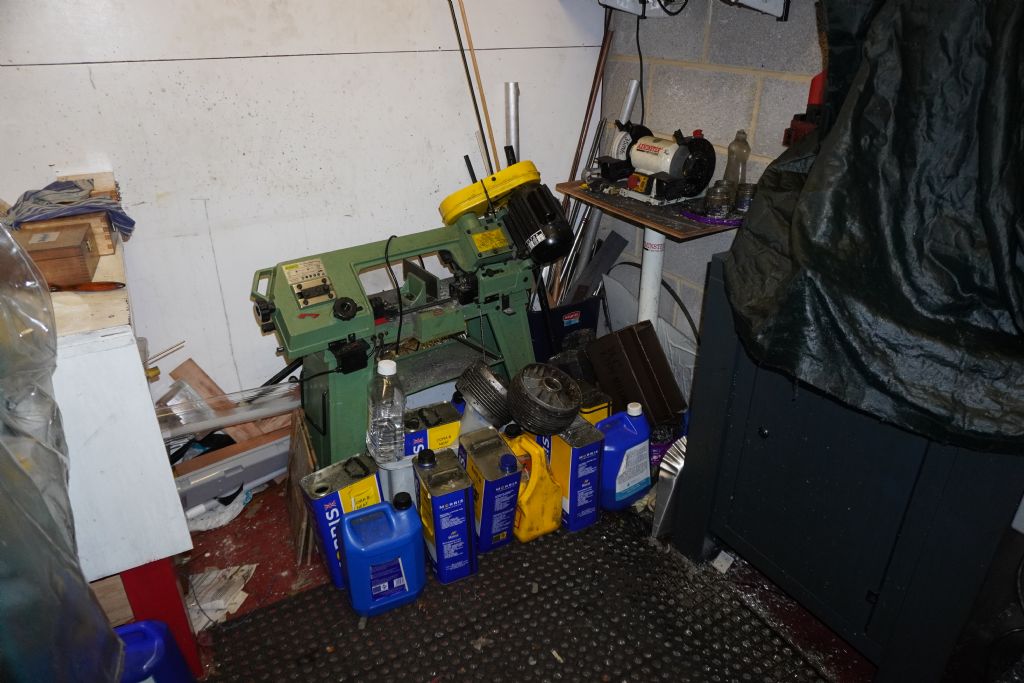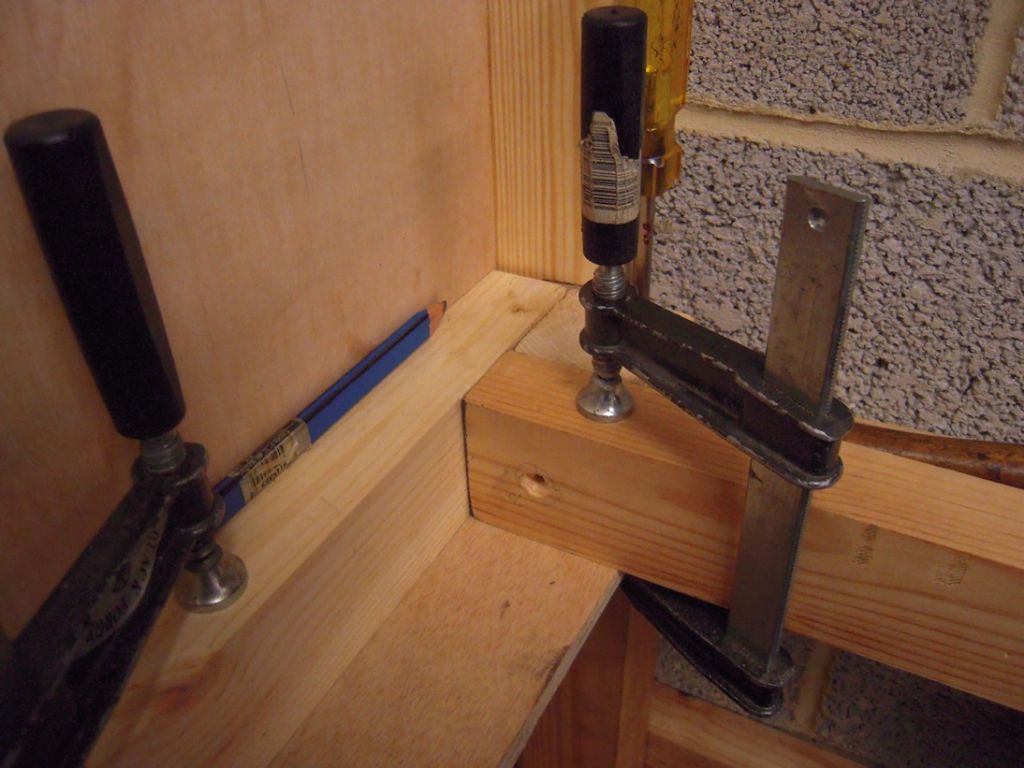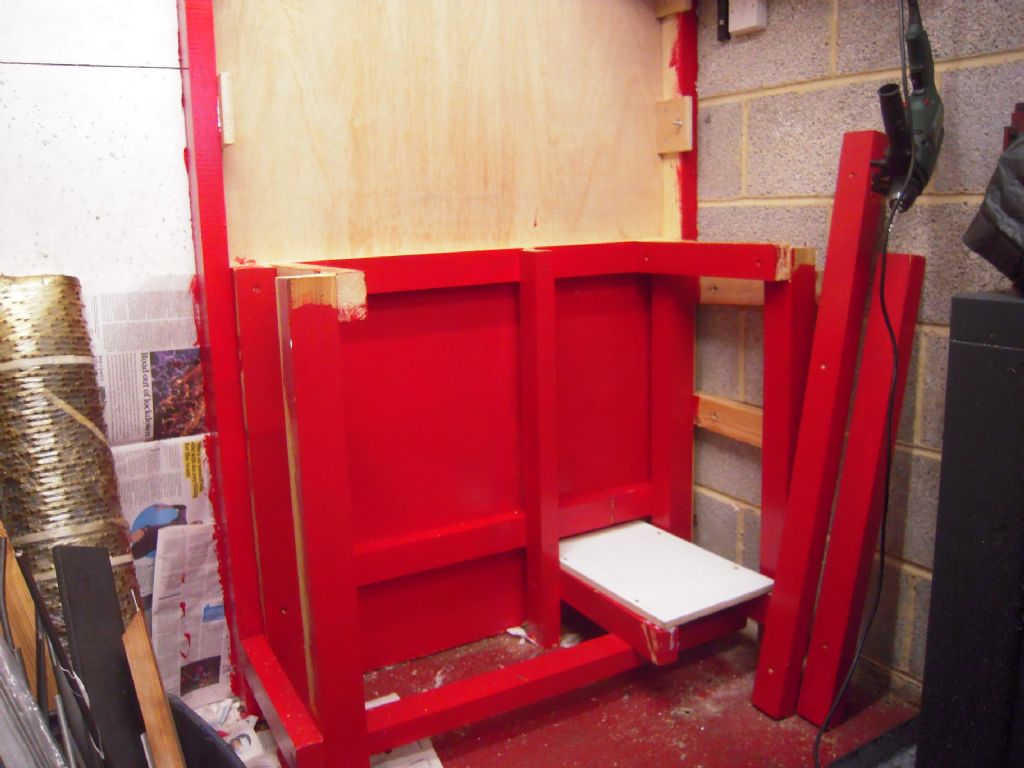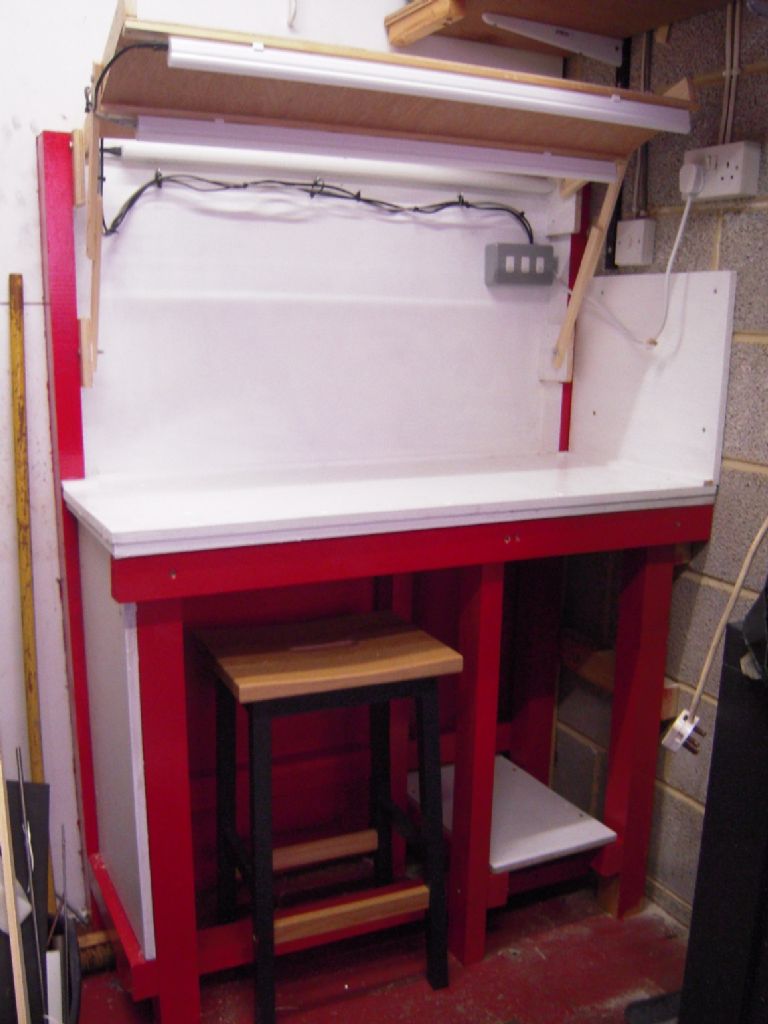I am building a small strong bench and intend to write a blog, posted here, on the work. I realise that there was a long thread on a bench of an ML7 lathe some months ago but I hope that this will not be out of place.
Brief:
I will soon be taking delivery of a small lathe (length 500mm, depth 300mm, weight 30 Kg) and it needs a bench. This must be strong, rigid, well lit and house all (or nearly all) of the lathe’s tooling
Constraints:
The bench must fit into the existing workshop, which is a “brown field site”, without seriously disrupting its use. Moving the existing lathe and milling machine is unacceptable. The workshop is one half of a double garage. When I bought the house I had a second garage built alongside the existing garage to be used as a workshop. Planning a workshop from nothing is easy. The garage door was blocked by a false wall. A sturdy work bench was built at the other end under a window that looked south at the neighbour’s garage. The pre-war Myford was put on a good bench against the wall dividing the two garages next to a heavy rubber topped steel table up against the false wall. Shelving was put up on the long fourth wall. Simple.
Over the next twenty five years the lathe has been replaced, twice, by Myford S7s on industrial cabinets, the heavy table was given away and replaced by a bench with storage underneath and a milling machine arrived. During these years lots of very valuable things have been acquired which take up all the available horizontal surfaces including the floor. Every so often I try to tidy up the place with some success. Usually I manage to evict the motorcycle bits back into the garage and chuck out real junk like old kitchen things left over from the fitting of a new kitchen a few years ago. Even so a lot of what can only be described as rubbish migrated to one corner of the workshop, between the milling machine and the false wall.
I am going to stop here and continue in a day or two. I attach three pictures of the workshop taken two months ago.



JA
Edited By JA on 23/02/2021 13:08:32
Howard Lewis.









 of 18mm ply. I have great difficulty now. Work on the sheets was complicated by only having a good hand saw. Not quite true, I tried using a jig saw but that only made a mess of things.
of 18mm ply. I have great difficulty now. Work on the sheets was complicated by only having a good hand saw. Not quite true, I tried using a jig saw but that only made a mess of things.








